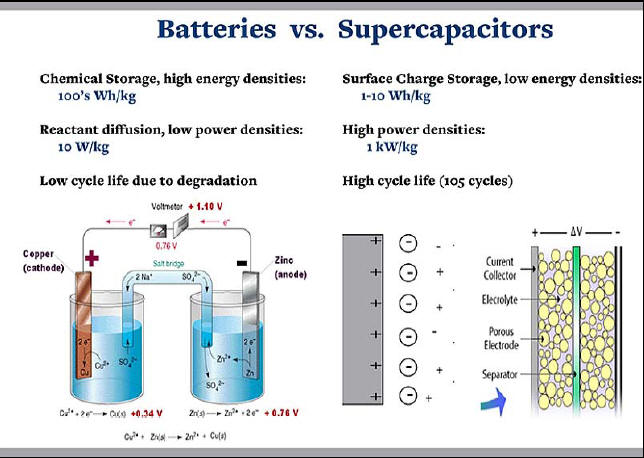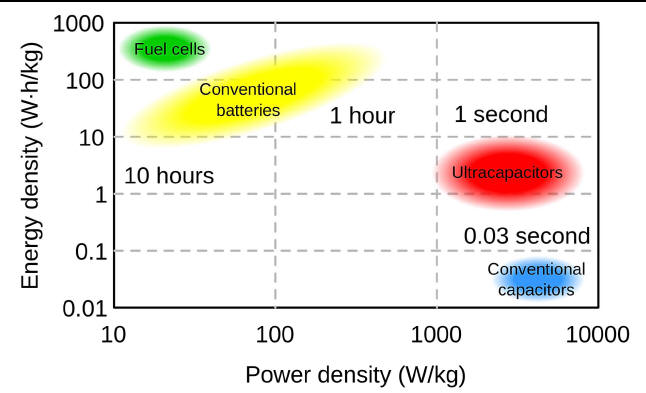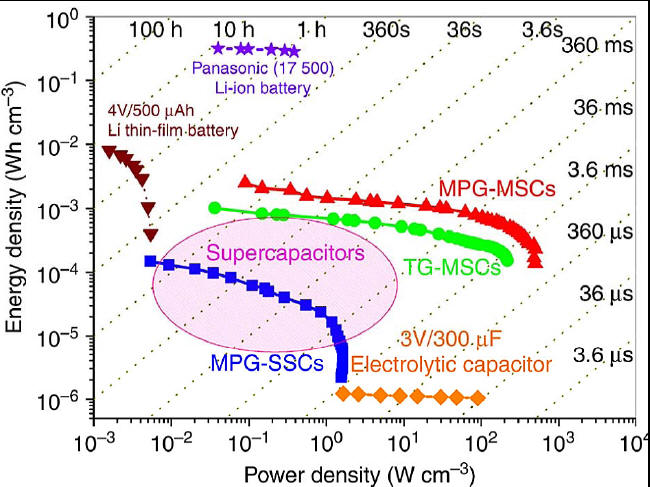Area of Interests
|
-Carbon
nanotubes,
graphene,
porous carbon,
exfoliated graphite,
-Nanostructured
advanced materials including nanopolymers,
-Multifunctional
and functionally graded composites,
-Nanocomposites
including multiscale composites,
-Carbon-carbon/silicon
composites,
-Finite
element analysis of polymeric products,
-Roadwheel
of Military Battle Tank Arjuna
-Applications
of materials in Fuel
cell, Lithium
battery,
Thermoelectric,
Water
purification,
Supercapacitor,
High
performance structural composites,
Catalysis,
and Biomedical
Implants |
|
Publications
-Journal
Papers: 302
-Books:
12+3(special
issue)
-Book
Chapters: 141
-Conference
Papers:
135++
-Patents:
64
-Conf
Proceedings: 08 |
Sponsored Projects
-Projects
in Progress:
04
-Projects
Completed:
43
-Undergraduate
Project:05
-Advanced
Nanoengineering
Materials
Laboratory
-Laboratory Staff:
01 |
Students
Supervised
-Postdoc:
01+05(C)
-PhD:
35
(completed)
-PhD:
06
(ongoing)
-M.Tech:
97(completed)
-M.Tech: 03
(ongoing)
-Visitors:+++ |
________________________________________________________________________________________________________________________________________________________________________________________________________________________________________________________________________________________________________________________________________
Increasing energy
crisis in the world has boosted the development of efficient energy storage
technologies such as batteries and supercapacitors (SCs). The SCs are
fascinating devices with high power delivery capability as compared with
batteries. The development SCs such as electrochemical double layer
capacitors (EDLCs) and pseudocapacitors (otherwise known as redox
capacitors) has changed the faces of conventional capacitors with their
superior performance. The EDLCs store charges by the formation of
electrochemical double layers at the electrode/electrolyte interfaces
whereas pseudocapacitors make use of electron transfer reactions such as
Faradaic-reactions for their charge storage. The SCs are advantageous in
terms of high rate charge/discharge capabilities, long cycle life and safe
in operation but the major demerit is associated with their huge cost.
However, the
application of SCs in portable flexible electronic devices is restricted by
their lack of flexibility, lightweight and performance. In the recent past,
tremendous efforts have been made to develop high-performance SCs with high
flexibility and light-in-weight. A large fraction of the weight of SC is
taken by its current collector. The majority of SCs available in the market
utilize metallic (e.g., Al, Ni, Cu, etc.) or alloy (e.g., steel) current
collectors and hence they are heavy. To overcome this issue, SCs should be
fabricated with current collectors of low specific gravity. Since the
metallic or alloy based current collectors are rigid by nature, the SC
fabricated with such current collectors will also be rigid. To overcome this
issue, researchers have come up with flexible fibrous current collectors
such as Kevlar fiber, CNT fiber, graphene fiber, etc. The various factors,
which affects the performance of SCs are the type, surface area, porosity,
conductivity, chemical stability and the electrochemical activity of the
electro-active material used in their electrodes. In this context, carbon
nanomaterials (CNMs) such as carbon nanofibers, carbon nanotube (CNT),
graphene, etc. are potential electrode candidates for application in SCs as
they exhibit low density, large surface area, porous structure, good
conductivity, good chemical and electrochemical stabilities and good
electrochemical activity. In fact, the SCs utilizing electrodes comprising
of pristine CNMs exhibit low capacitance. To overcome this issue, either
surface functionalized-CNM electrodes or nanocomposite electrodes comprising
of CNM/metal oxide nanocomposite, CNM/electronically conducting polymer
nanocomposite, etc. have been used, for the fabrication of SCs with high
capacitance. The CNM/electronically conducting polymer nanocomposite
electrodes are suitable candidates to synthesize flexible lightweight SCs
but their performance is still challenging in terms of capacitance,
flexibility, cycle life, etc. The objectives of this thesis are to develop
high-performance SCs with good flexibility, light-in-weight and long cycle
life by using CNM and CNM/polypyrrole (PPY) nanocomposite electrodes with
unidirectional carbon fiber (UCF) current collector.







